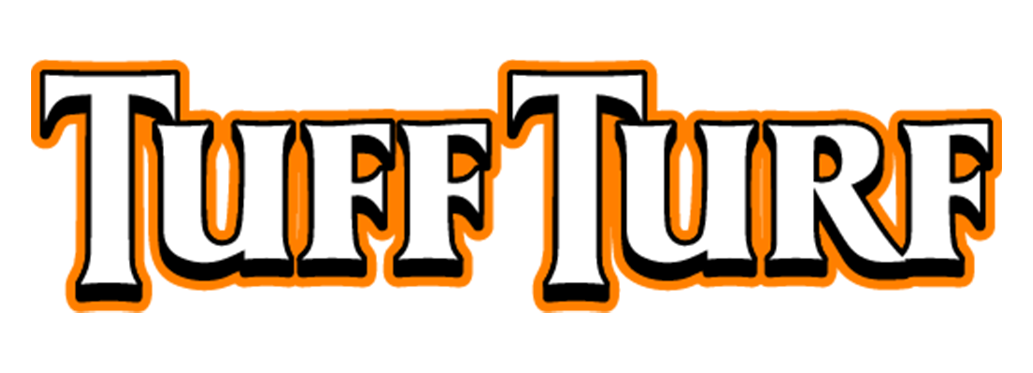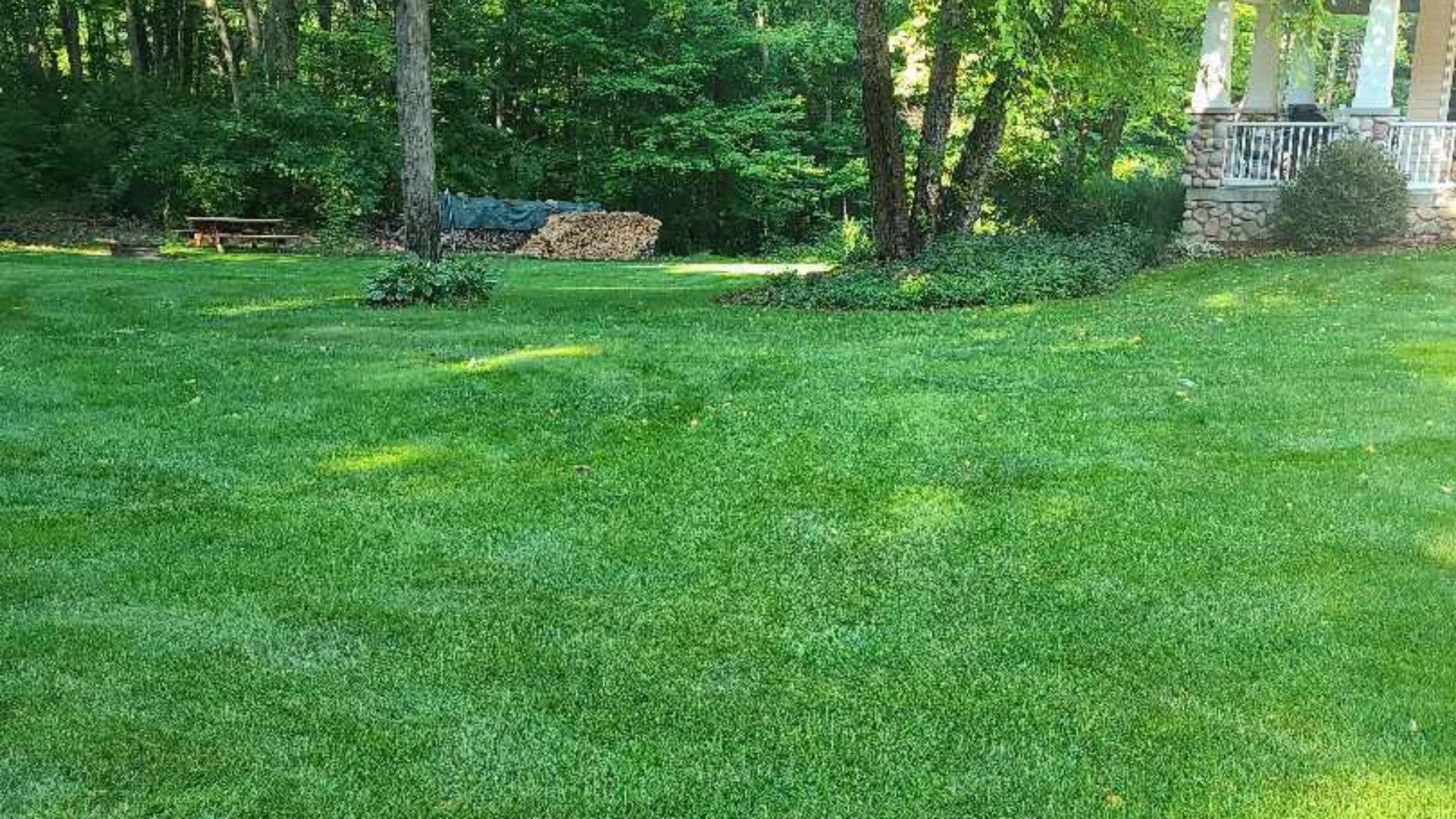Fungus: Sclerotinia homeocarpa
Symptoms: dollar spot lesions are light tan with a reddish brown border and may extend downward from the leaf tip to an inch or more in length. Stems may also be affected. In early morning, when grass is wet, wisps of white fungus mycelium or threads may be observed on diseased turf. The name, dollar spot, was derived from the usual occurrence of dead, bleached spots in bentgrass putting green turf, about the size of a silver dollar. Spots rarely enlarge beyond that size. However, if not controlled with fungicides, spots become so numerous that the individual spots overlap to produce large, irregular areas of dead turf.
Grasses susceptible: Annual bluegrass, Italian ryegrass, Kentucky bluegrass, red fescue, redtop, sheep fescue, and velvet bentgrass.
Conditions favoring disease: Moderate temperature (60 degrees to 80 degrees F) and excess moisture, excess mat and thatch favor dollar spot. Turf deficient in nitrogen tends to be more susceptible to dollar spot than turf adequately fertilized with nitrogen.


